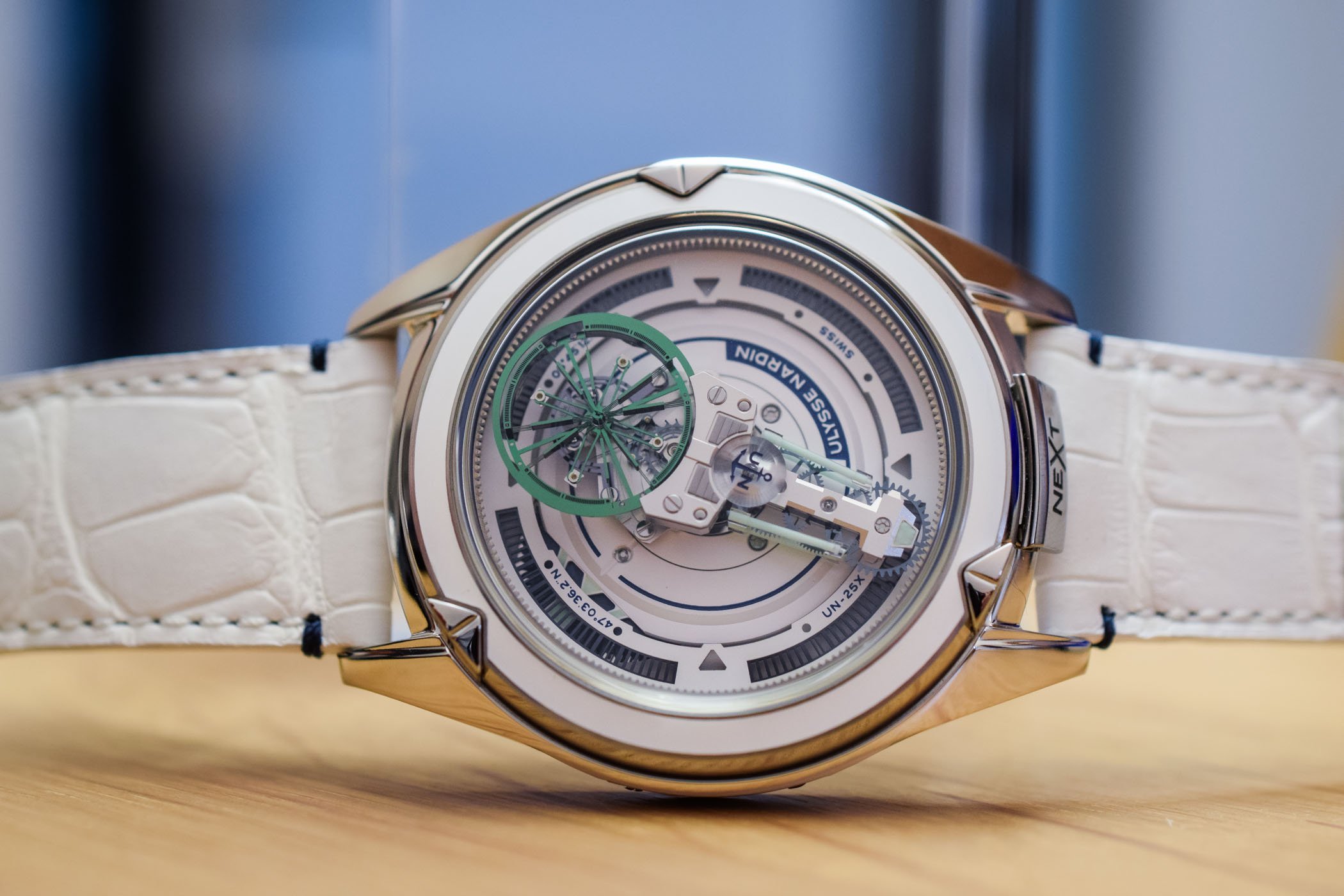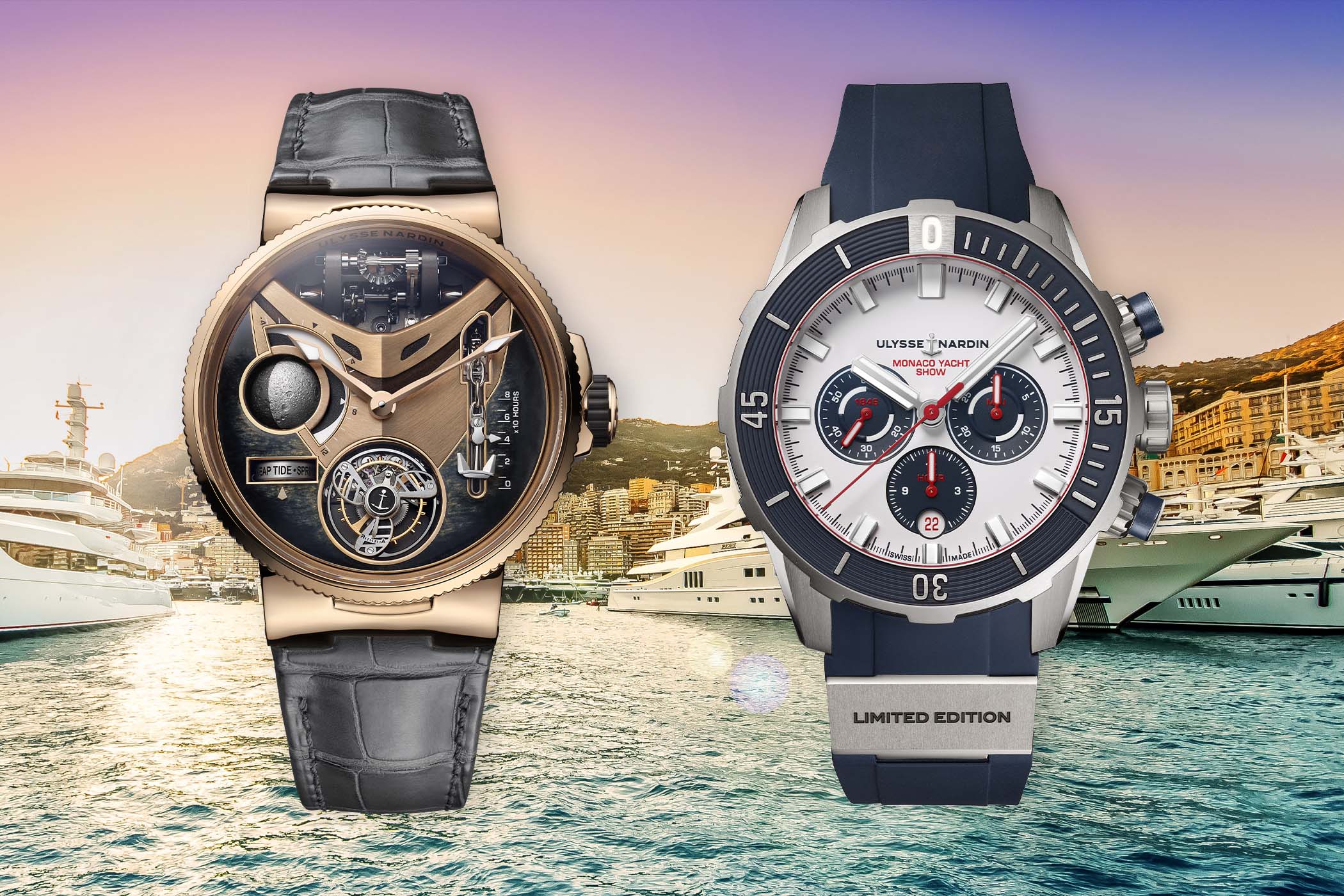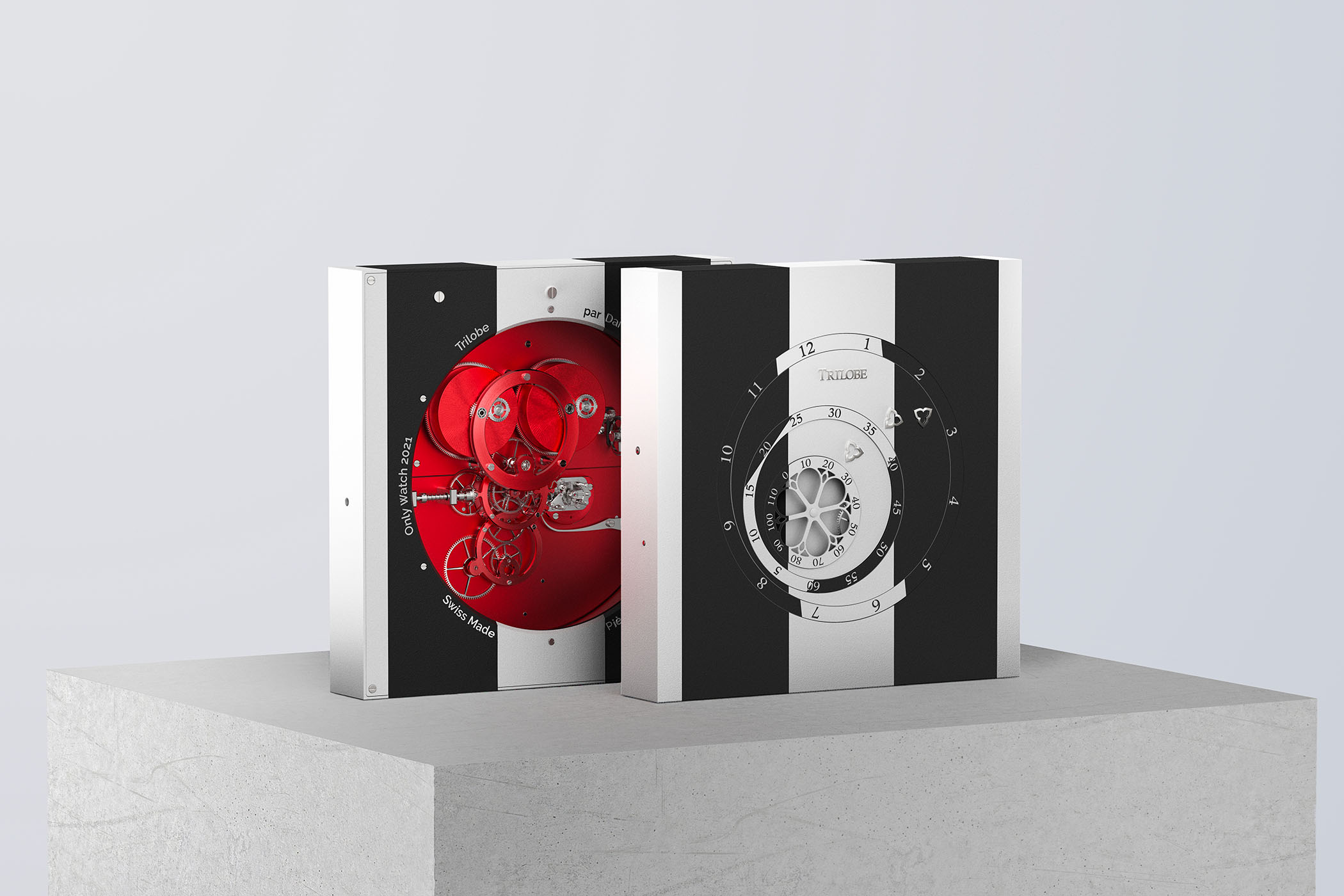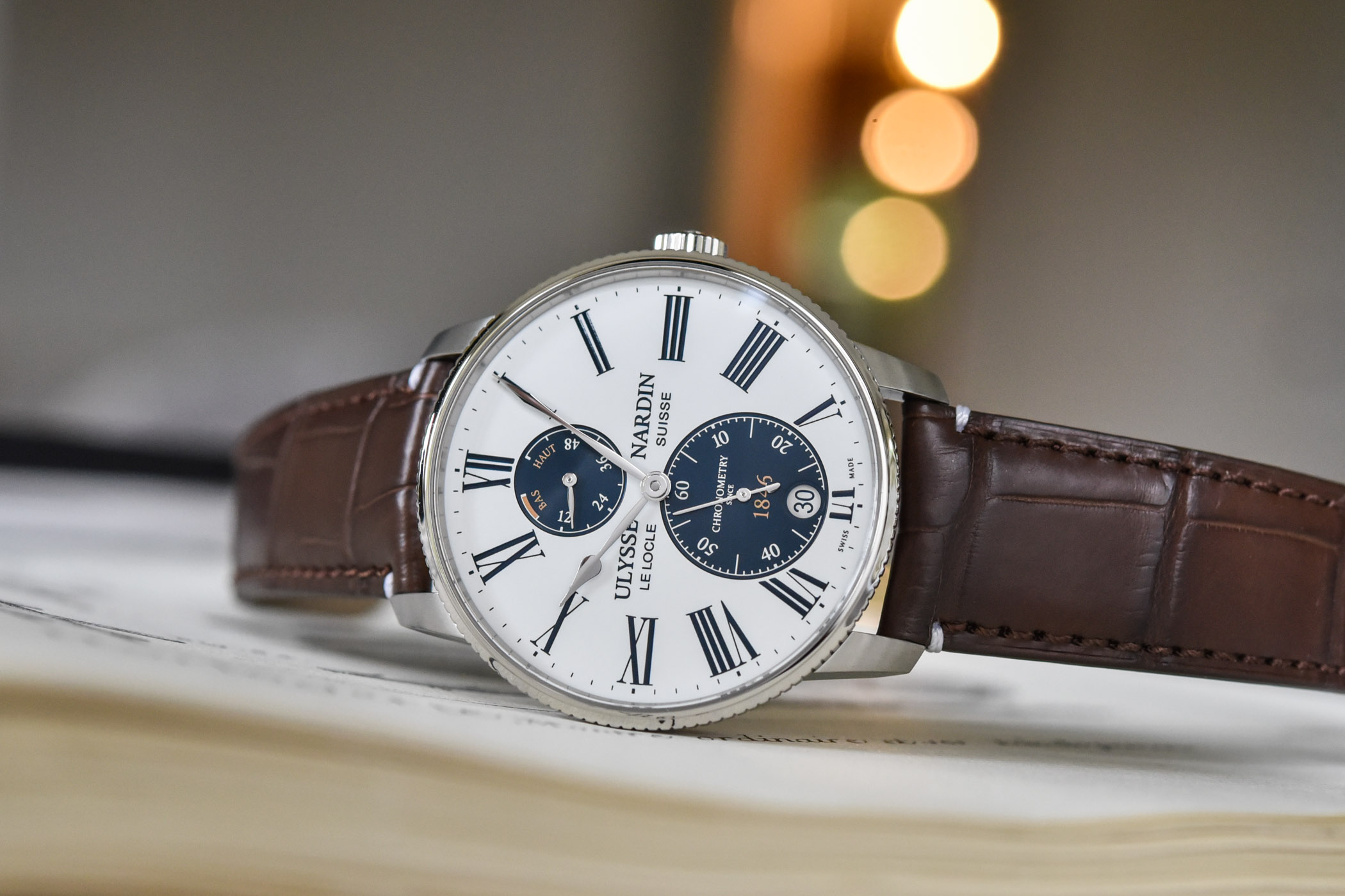Ulysse Nardin
Swiss luxury watch manufacturer

Ulysse Nardin founded his eponymous brand in 1846 in Le Locle, Switzerland. The company's headquarters today is in the same building used since 1865. While offering a large portfolio of luxury timepieces, the brand is revered for its precision marine chronometers. Prior to establishing his company at the age of 23, Ulysse Nardin learned watchmaking from his father, Leonard-Frederic Nardin, before honing his craft under the tutelage of masters Frederic William Dubois and Louis Jean-Richard-dit-Bressel. Focusing on marine chronometers, he won the Prize Medal in 1862 at the International Exhibition in London, the highest honour for watchmaking in the United Kingdom. He went on to receive a series of certificates from the Neuchâtel Observatory in Switzerland, starting in 1867. Within the next decade, the brand's marine chronometers were used by over fifty navies and shipping companies around the world. The company was purchased by the Kering Group in 2014, an international luxury group headquartered in Paris, France, following the death of owner and president Rolf Schnyder in 2011. Patrick Pruniaux, previously an executive at Apple (and TAG Heuer veteran), became the company CEO in 2017.
A true standout in the brand’s modern collection is the Freak, a revolutionary avant-garde creation by Rolf Schnyder and Ludwig Oechslin that launched in 2001. Using silicon components (for the first time ever in a commercialized watch) with a one-of-a-kind, seven-day carrousel-tourbillon, it’s a poster child for horological experimentation. To indicate the time, the movement actually rotates on itself, lacking a conventional hand/dial setup. Earlier models used the bezel to set the time, but the 2019 Freak X line introduced a conventional crown and smaller diameter. To read the time, the main central bridge extends to the outer minute track, while a shorter hour indicator is attached to a central wheel. A porthole on the back acts as a surrogate power reserve indicator, showing the tension of the mainspring. In 2010, the Freak Diavolo replaced the regular escapement with a flying tourbillon that generally acted as a second to the overall movement that was a tourbillon itself.
Another historic achievement for the brand is the Trilogy of Time collection, consisting of three astronomically themed watches that were both incredibly complex and painstakingly finished. The Astrolabium Galileo Galilei was the first, released in 1985 and named after Italian astronomer Galileo Galilei. It shows standard and solar time, orbits and eclipses of the sun and Moon, and the locations of several major stars. It earned a Guinness World Record in 1989 for being the world’s most functional watch (21 separate functions). The second piece was the Planetarium Copernicus in 1988, named after planetarium theatres and Renaissance-era astronomer Nicolaus Copernicus. It shows the position of the planets (minus a few), specific zodiac period and the Moon’s position around the Earth, among many other things. The third watch, the Tellurium Johannes Kepler, launched in 1992 and is named after a tellurian orrery and 17th-century astronomer Johannes Kepler. The incredibly detailed cloisonné enamel dial image takes fifty-four processes and twelve baking operations to create, and each dial is unique as a result. As a miniature orrery, the rotation of the Earth and Moon are shown, along with positions for a lunar eclipse and signs of the Zodiac (and much more). This trilogy of astronomical watches demonstrates the mechanical and artistic prowess of the brand and exemplifies the partnership of Rolf Schnyder and Ludwig Oechslin.
Ulysse Nardin has a comprehensive collection of watches today, including the Marine, Diver, Classico, Executive and Freak, with showstoppers like the Marine Mega Yacht featuring a flying tourbillon, moon phase, indicator of tidal coefficients and volumes, patented power reserve with anchor and windlass linked to the winding mechanism, and sapphire exhibition caseback displaying the movement inspired by a ship’s engine room. On the other end of the spectrum is the Torpilleur collection, featuring a marine-inspired, time-only chronometer with Silicium and Diamonsil technology. Ulysse Nardin also assigns 15% of its workforce to research and development, considerably higher than the industry average. And in a show of confidence, the company recently extended its warranty programme to five years on all watches. Always on the cutting edge in both technology and design, the brand is among the most innovative in the industry and offers options for both watch enthusiasts and serious collectors.











